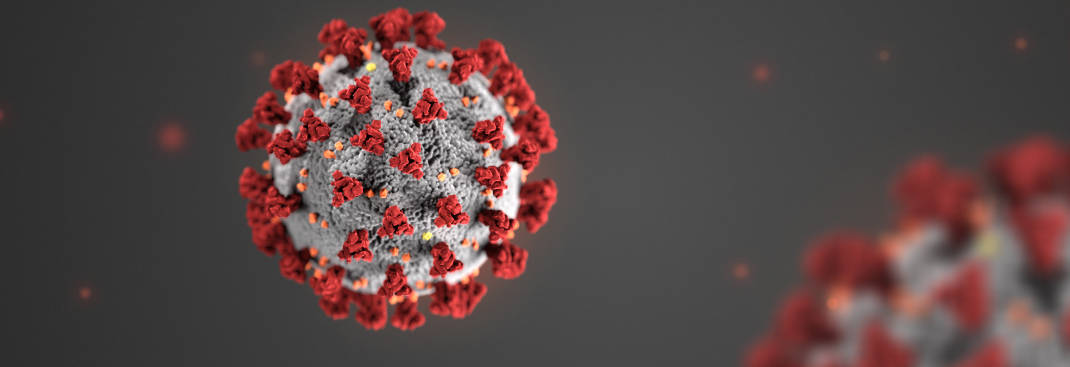What Does The Coronavirus Do To Your Body? Everything To Know About The Infection Process
Nikki Attkisson | Last Updated : August 19, 2020As the COVID-19 pandemic spreads across the U.S, they were taking precautions against the new coronavirus that causes the disease sickening and killing thousands worldwide. And they also cancel major events, closing schools, upending the stock market, and disrupting travel and normal life.
The World Health Organization and U.S. Centers for Disease Control and Prevention advise the public to take care and watchful for fever, dry cough, and shortness of breath, symptoms that follow contraction of the new coronavirus known as SARS-CoV-2. And they also advised the public to be watchful for the infection because it takes approximately five to 12 days for symptoms to appear.
Coronavirus Infection
The virus can spread person-to-person within 6 feet through respiratory droplets produced when an infected person coughs or sneezes according to the CDC. And it’s possible for the virus to remain on a surface or object, be transferred by touch, and enter the body through the mouth, nose, or eyes.

Dr. Martin S. Hirsch, a senior physician in the Infectious Diseases Services at Massachusetts General Hospital, said there’s still a lot to learn but experts suspect the virus may act similarly to SARS-CoV from 13 years ago. And he also mentioned that “It’s a respiratory virus and thus it enters through the respiratory tract, we think primarily through the nose,” he said. “But it might be able to get in through the eyes and mouth because that’s how other respiratory viruses behave.”
Fever, cough and other COVID-19 symptoms
It can take two to 14 days for a person to develop symptoms after initial exposure to the virus, the average is about five days Hirsch said. Once it gets inside the body it begins infecting epithelial cells in the lining of the lung. The virus first takes place in the upper respiratory tract, which includes the nose, mouth, larynx, and bronchi.
And the patient begins to experience a mild version of symptoms: dry cough, shortness of breath, fever, and headache, and muscle pain and tiredness, comparable to the flu. Dr. Pragya Dhaubhadel and Dr. Amit Munshi Sharma, infectious disease specialists at Geisinger, say some patients have reported gastrointestinal symptoms such as nausea and diarrhea, however it’s relatively uncommon.
Pneumonia and autoimmune disease
Last month the WHO has reported that about 80% of patients have a mild to moderate disease from infection. A case of “mild” COVID-19 includes a fever and cough more severe than the seasonal flu but does not require hospitalization. Milder cases have occurred because the body’s immune response is able to contain the virus in the upper respiratory tract, Hirsch says. And the younger patients have a more vigorous immune response compared to older patients.
Dr. Raphael Viscidi, an infectious disease specialist at Johns Hopkins Medicine said “As the virus continues to replicate and journeys further down the windpipe and into the lung, it can cause more respiratory problems like bronchitis and pneumonia.” And he also mentioned that “It’s basically a war between the host response and the virus,” “Depending who wins this war we have either good outcomes where patients recover or bad outcomes where they don’t.”
With over 15 years as a practicing journalist, Nikki Attkisson found herself at Powdersville Post now after working at several other publications. She is an award-winning journalist with an entrepreneurial spirit and worked as a journalist covering technology, innovation, environmental issues, politics, health etc. Nikki Attkisson has also worked on product development, content strategy, and editorial management for numerous media companies. She began her career at local news stations and worked as a reporter in national newspapers.
Latest Posts By Nikki
[author_recent_posts]
